Universal Screen Space Reflection(SSR)屏幕空间反射 use ray marching
这是一个能给所有渲染管线使用的SSR shader,解决只有forward+渲染器能使用屏幕空间反射的痛点。
首先需要配置3D后处理,详见godot文档。
HOW TO USE:
1. Create a MeshInstance3D node and place it in your scene.
2. Set its size to 2×2.
3. Enable the “Flip Faces” option.
4. Create a new shader material with this shader.
5. Assign the material to the MeshInstance3D
6. Set the MeshInstance3D as a child of your camera OR set the Geometry property extra_cull_margin as large as possible in the QuadMesh
使用白噪波来进行模糊,记得添加白噪波。
我使用的Godot4.3
This is an SSR shader that can be used by all rendering pipelines, solving the pain point that only forward + renderers can use screen space reflection. First, you need to configure 3D postprocessing, see the godot documentation for details. Use white noise to blur, remember to add white noise. I use Godot 4.3.
Shader code
shader_type spatial;
render_mode unshaded;
uniform sampler2D depth_texture : hint_depth_texture, repeat_disable, filter_nearest;
uniform sampler2D screen_texture : hint_screen_texture, repeat_disable, filter_nearest;
uniform sampler2D normal_roughness_texture : hint_normal_roughness_texture, repeat_disable, filter_nearest;
uniform sampler2D noise_texture : repeat_enable, filter_linear;
uniform int MAX_STEPS = 60; // 最大步进次数
uniform float step_size = 0.1; // 每次步进的长度
uniform float max_distance = 100.0; // 最大反射距离
uniform float bias=3.0;
void fragment() {
vec3 col = vec3(0.0); // 反射采样到的颜色,默认是黑色
// 从深度纹理获取当前像素的深度值
float depth = textureLod(depth_texture, SCREEN_UV, 0.0).r;
// 将屏幕坐标转换为摄像机空间坐标
vec4 camera_space_pos = INV_PROJECTION_MATRIX * vec4(SCREEN_UV * 2.0 - 1.0, depth, 1.0);
vec3 pixel_position = camera_space_pos.xyz / camera_space_pos.w; // 摄像机空间中的像素位置
// 获取法线和粗糙度
vec4 normal_roughness = texture(normal_roughness_texture, SCREEN_UV);
vec3 normal = normalize(normal_roughness.xyz * 2.0 - 1.0); // 法线在[-1, 1]范围内
float roughness = normal_roughness.w;
// 摄像机视线方向
vec3 view_dir = normalize(pixel_position);
// 计算反射方向
vec3 reflect_dir = reflect(view_dir, normal);
// 使用噪声和粗糙度扰动反射方向
vec3 noise = texture(noise_texture, SCREEN_UV/vec2(.1)).rgb*vec3(2.0)-vec3(1.4);
reflect_dir = normalize(mix(reflect_dir, reflect_dir + noise * roughness, roughness));
// 初始化步进,反射方向的步进大小
vec3 ray_pos = pixel_position; // 光线起点为像素位置
vec3 one_step = reflect_dir * step_size; // 每一步的移动距离
for (int i = 0; i < MAX_STEPS; i++) {
ray_pos += one_step; // 沿反射方向步进
// 将摄像机空间坐标转换回屏幕空间
vec4 clip_pos = PROJECTION_MATRIX * vec4(ray_pos, 1.0);
vec2 screen_pos = clip_pos.xy / clip_pos.w * 0.5 + 0.5;
// 检查光线是否越界
if (screen_pos.x < 0.0 || screen_pos.x > 1.0 || screen_pos.y < 0.0 || screen_pos.y > 1.0) {
break; // 光线超出屏幕范围时停止步进
}
// 从深度纹理获取当前步进点的深度
float scene_depth = textureLod(depth_texture, screen_pos, 0.0).r;
// 将深度值转换回摄像机空间
vec4 projected_pos = INV_PROJECTION_MATRIX * vec4(screen_pos * 2.0 - 1.0, scene_depth, 1.0);
vec3 scene_position = projected_pos.xyz / projected_pos.w;
// 如果步进的光线位置比当前深度值靠近摄像机,说明碰撞到了几何体
if (length(scene_position) < length(ray_pos)) {
if(abs(ray_pos.z-scene_position.z)<step_size*bias){//判断是否在反射物体的背面,3是一个bias,用于修复缝隙
vec4 hit_color = texture(screen_texture, screen_pos);
col = hit_color.rgb; // 采样颜色
}
break; // 停止步进
}
// 如果光线步进距离超过最大反射距离,则停止
if (length(ray_pos) > max_distance) {
break;
}
}
if(depth>0.0){
depth=1.0;
}
// 如果没有找到反射,默认使用黑色(或其他颜色)
ALBEDO = texture(screen_texture,SCREEN_UV).xyz+col*vec3(depth)*vec3(1.0-roughness);
}

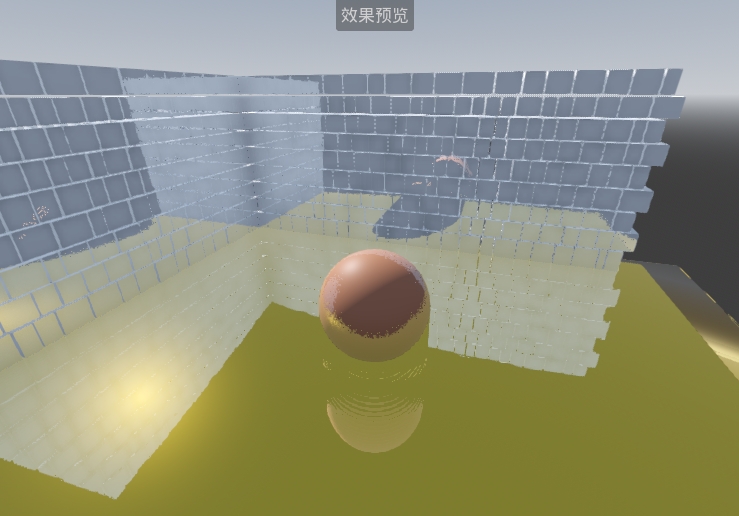

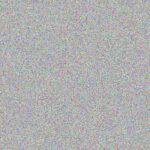
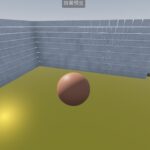


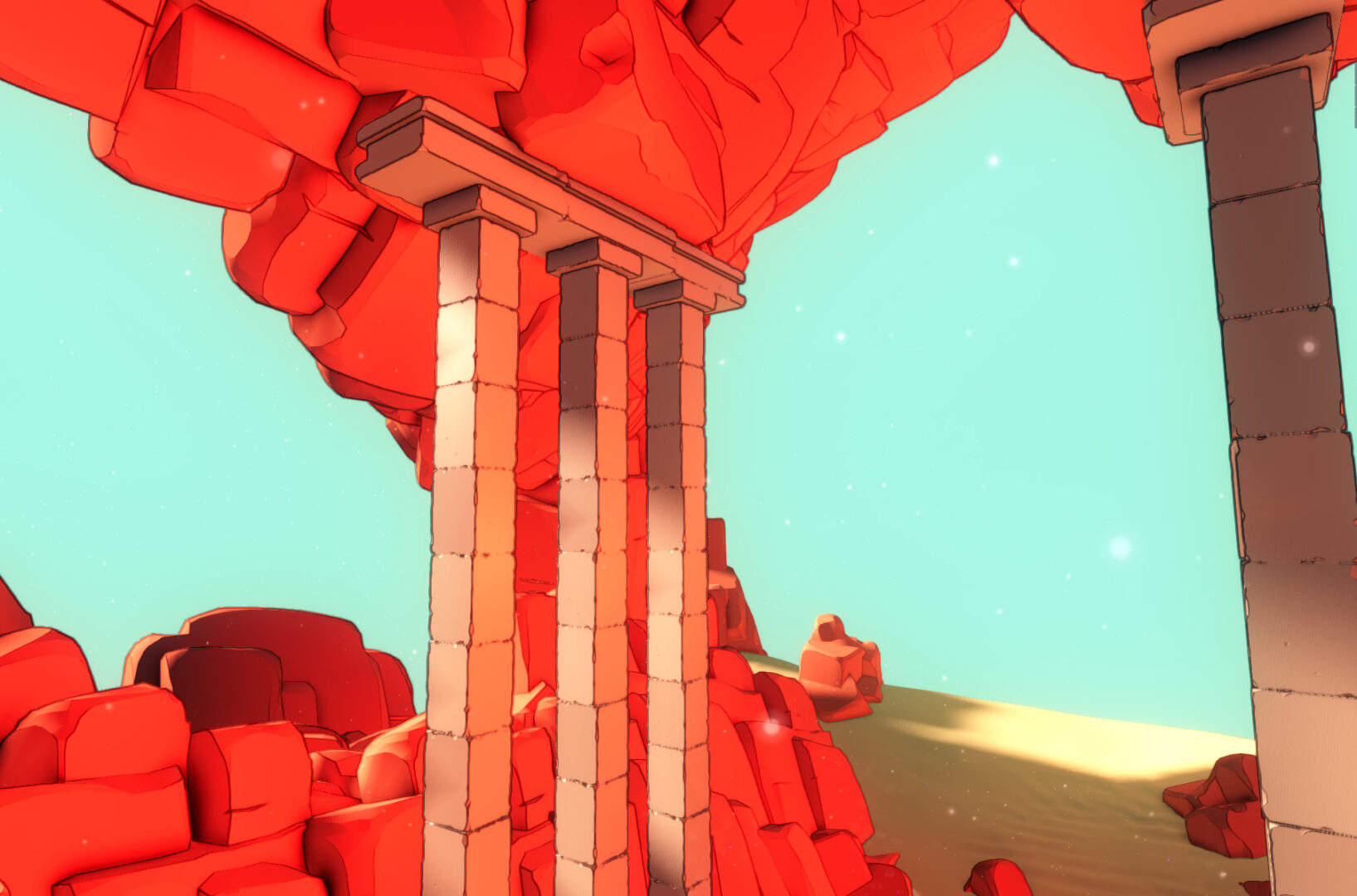
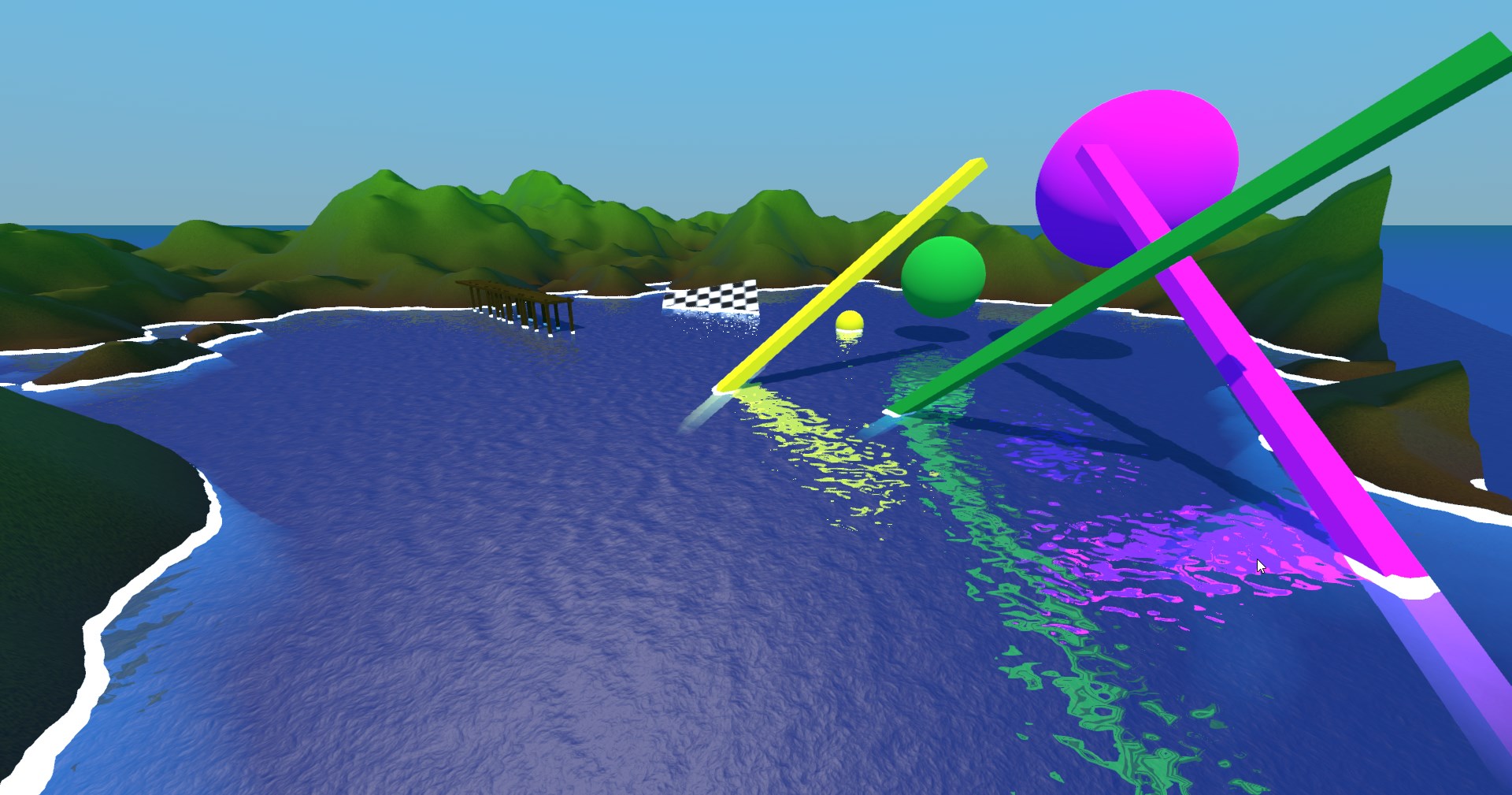
Can you do universal SSAO?
It didn’t work in compatibility mode
not working for mobile